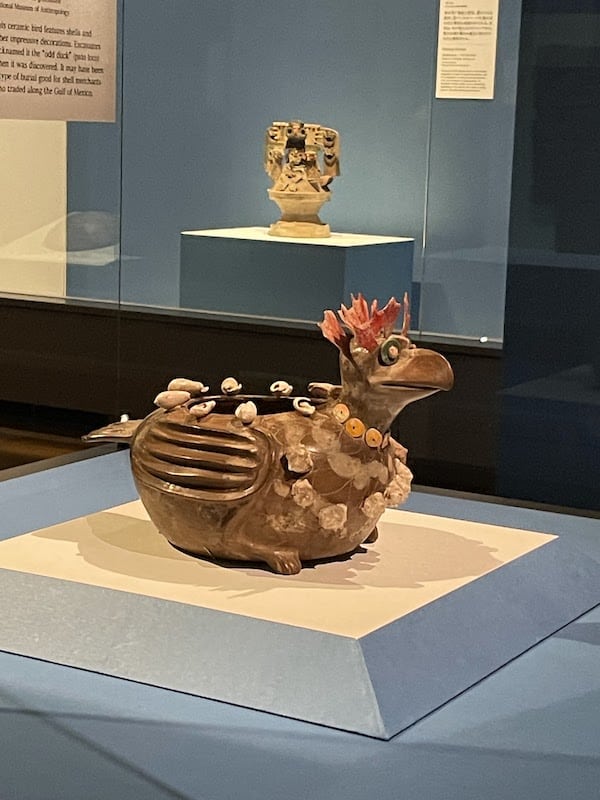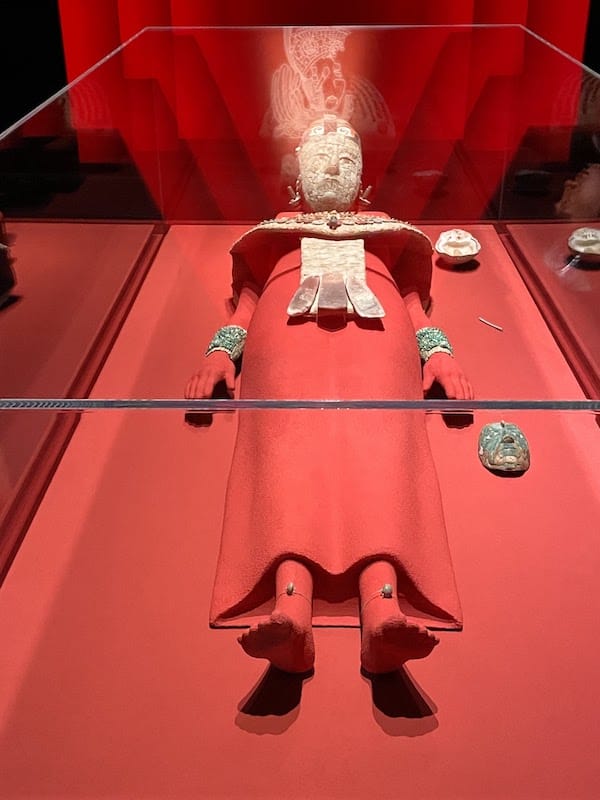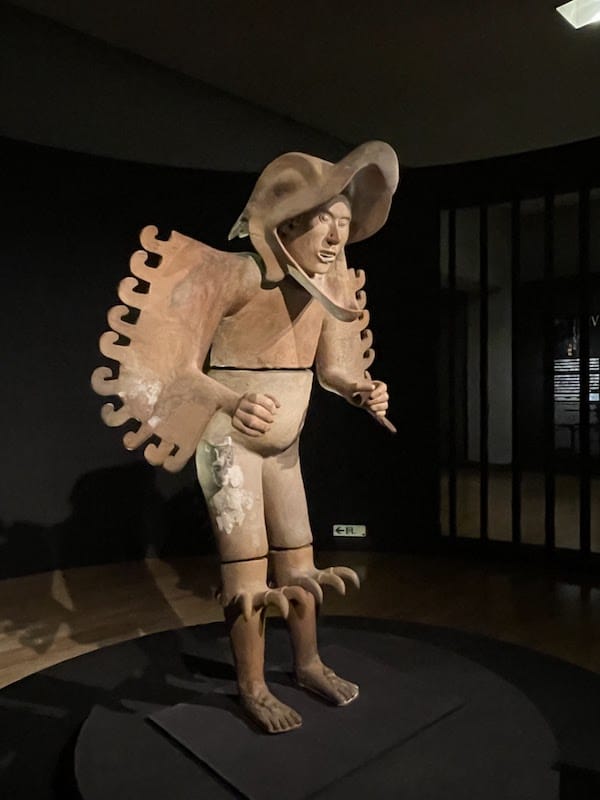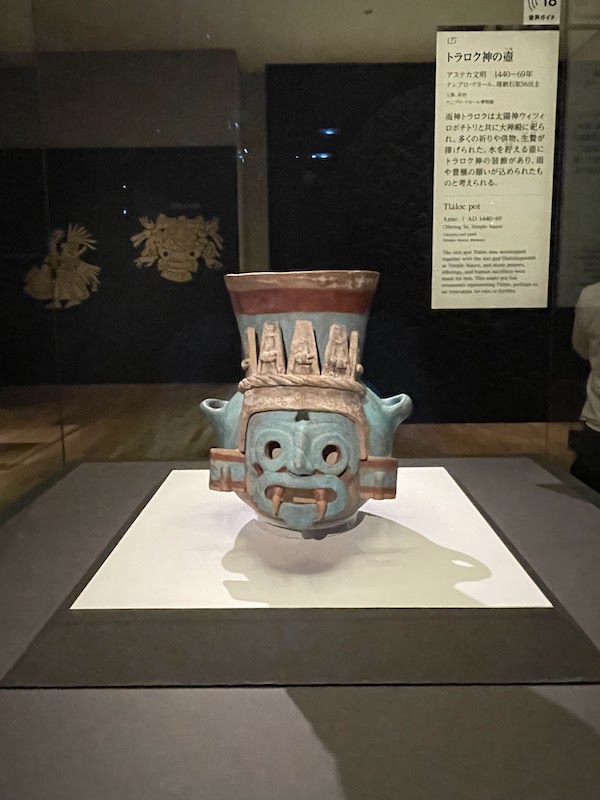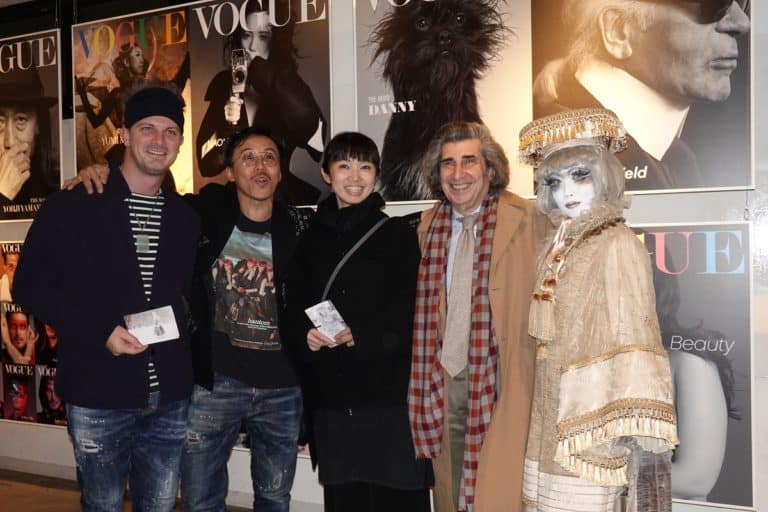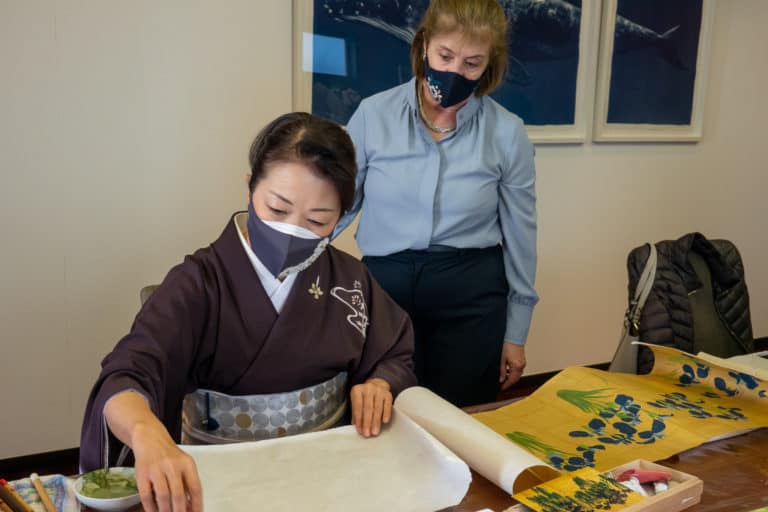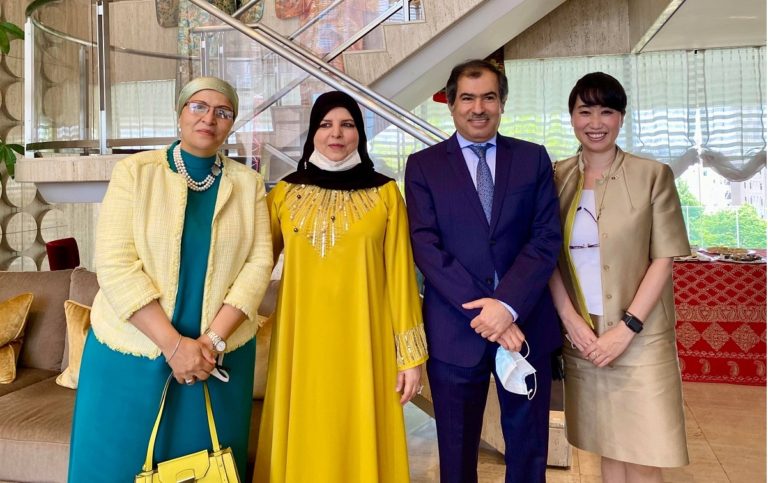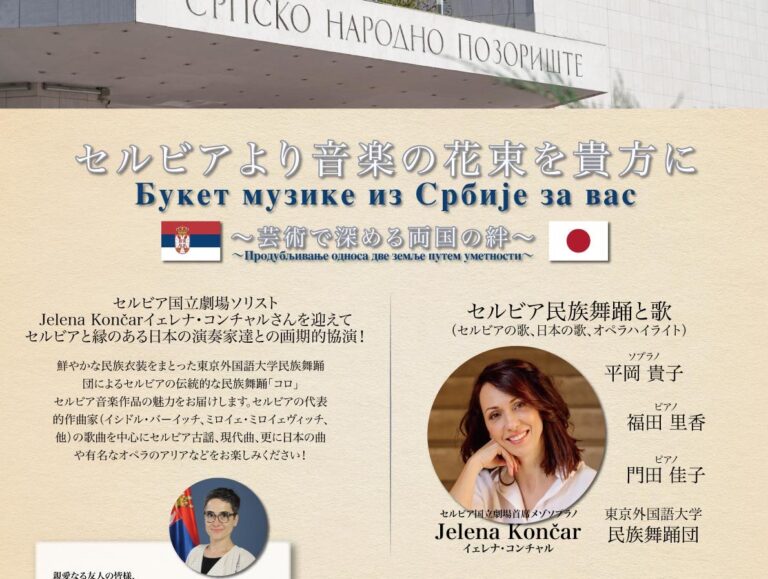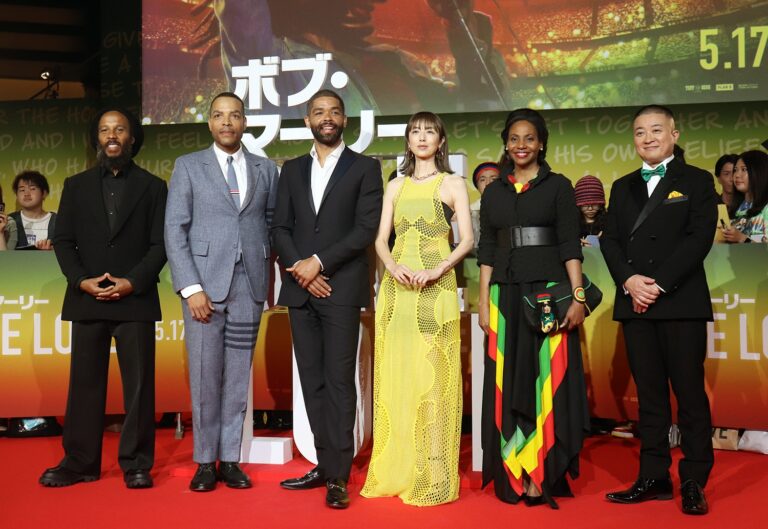Title: Miraculous Exhibition ‘Ancient Mexico: Maya, Aztec, and Teotihuacan’ Held at the Tokyo National Museum
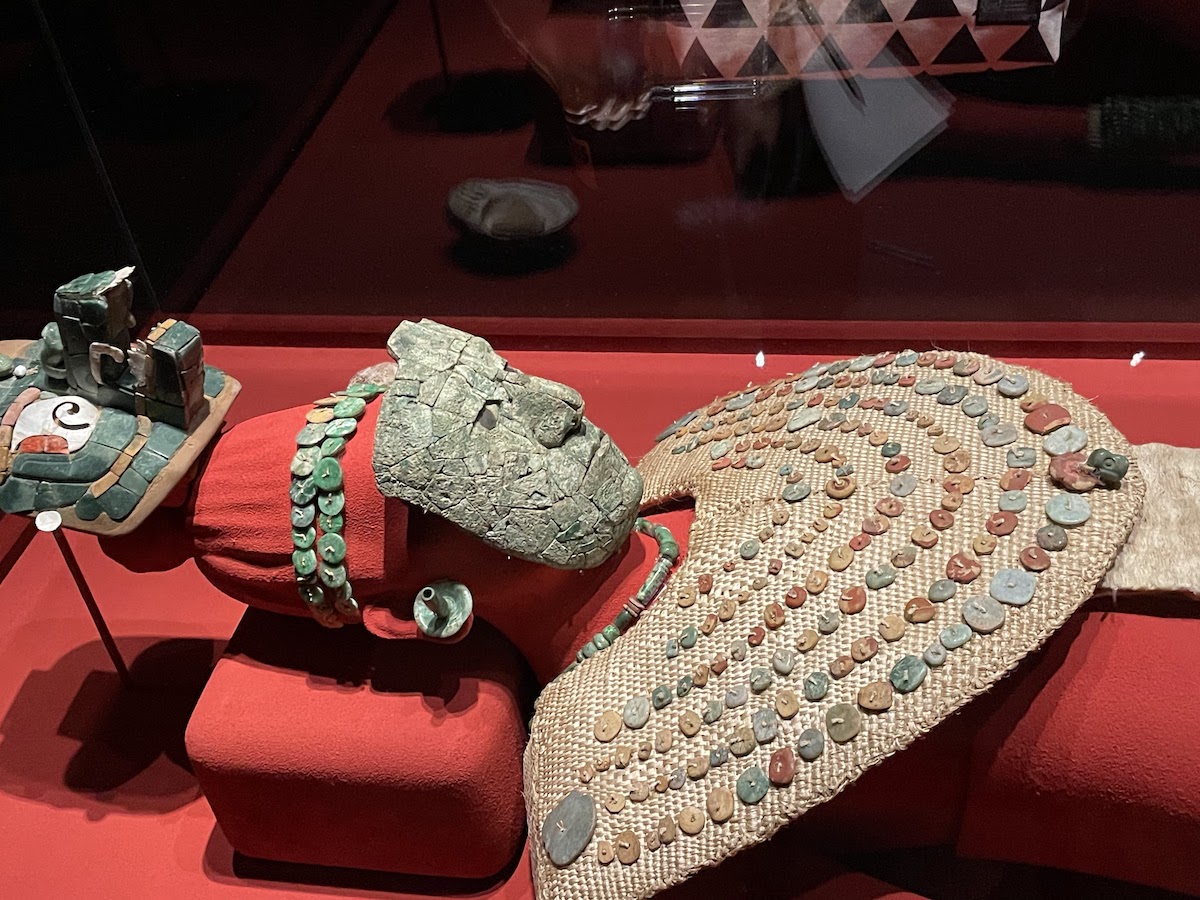
This year marks the 135th anniversary of the establishment of diplomatic relations between Japan and Mexico. A wonderful exhibition that symbolizes this long, good relationship is currently being held at the Tokyo National Museum.
The ancient civilization of Mexico is believed to have started in the 15th century BC. You can see this historic civilization through the time the Mayan civilization was colonized by the invasion of Spain in this exhibition.
The exhibition consists of the following four chapters:
- Chapter One—Invitation to Ancient Mexico
- Chapter Two—Teotihuacan: City of Gods
- Chapter Three—Maya: The Rise and Fall of City-States
- Chapter Four—Aztec: Great Temple of Tenochtitlan
After experiencing the ancient civilization of Mexico, it is too difficult to give a general impression. However, I would venture to say that since ancient times, the people of Mexico have been grateful to nature, worshiped God, and enjoyed the life brought about by the blessings of nature.
The stone statues of noble people are made to resemble the corn god, the god of fertility. In fact, it seems that royalty and aristocrats had their children’s skulls elongated to resemble the corn god when they were born. The same atmosphere can be felt in the “Red Queen Roja,” who came to Japan for the first time for this exhibition.
The “Red Queen” got its name because it was covered in red cinnabar when it was discovered. She is believed to be the queen consort of King Pakal, probably because of the circumstances in which she was buried. Her figure is divine, and her queen’s head is slightly elongated. I can still feel the awe I felt when I saw her for the first time.
There are also many stone figures, stone monuments, and earthenware on display. Olmec style stone figurines combine jaguar and human figures. The face that looks like an infant is common, and is very cute. The clay figures of people who play ball games are full of dynamism. The lifestyle of Teotihuacan, which depended on a variety of animals and plants for food sources, is also reflected in clay figurines and pottery. Ancient people must have enjoyed using this pottery.
Mexico has a role as a leader in Latin America and is constantly developing. Perhaps this is because modern Mexicans have inherited the excellent DNA of these ancient civilizations and are constantly creating their own “civilization.”
HerseyShiga Global also features an interview with Melba Pria, Ambassador of Mexico to Japan. Please read the interview as well.





